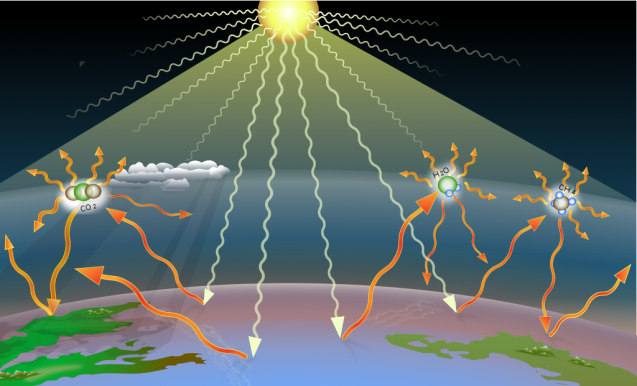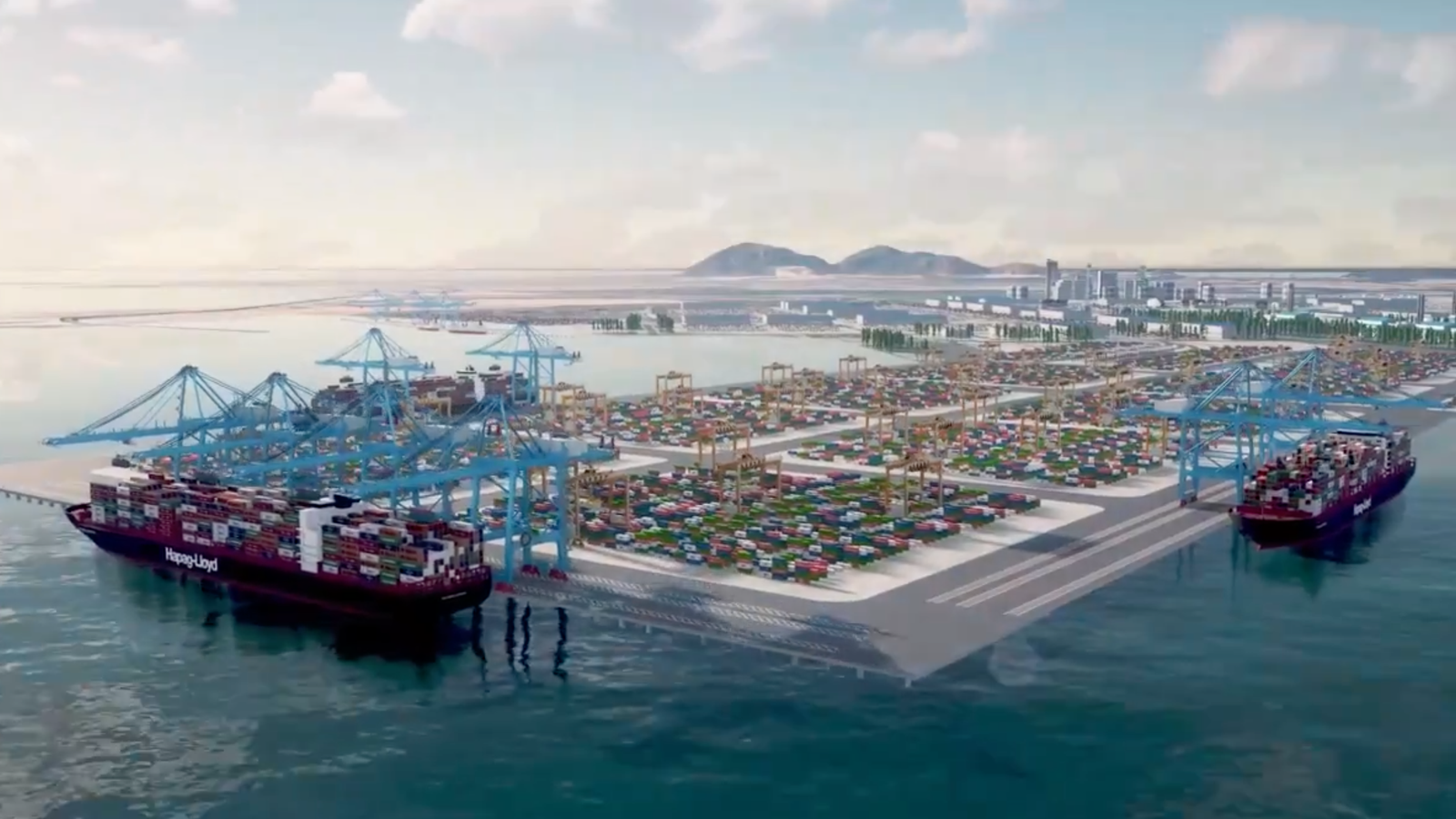Context
Global CO₂ concentrations and temperatures reached record highs in 2024, as reported by World Meteorological Organization, highlighting the ineffectiveness of international efforts, including the Paris Agreement, in curbing emissions.
Key Data Trends in CO₂ and Other Greenhouse Gases
- CO₂ Concentration: The rise is considerable with concentration being 152% higher than pre-industrial level.
- CO₂ share in warming: CO₂ being the dominant Greenhouse Gas, has the longest atmospheric lifespan (hundreds to thousands of years). It has contributed to around 79% of global warming in the last decade and around 66% since pre-industrial times.
- CH₄ (Methane): It is 25% more potent than CO₂ in heat-trapping capability and contributes to around 16% of global warming caused since pre-industrial times.
- N₂O (Nitrous Oxide): It is 270 times more potent than CO₂ in heat-trapping capability and contributes to around 6% of global warming caused since pre-industrial times.
- Average Global Temp (2024): 2024 was the warmest year on record with temperatures being 55°C higher than pre-industrial times.
Why Are CO₂ Levels Rising So Rapidly?
- Human-Induced Factors:
- Burning of fossil fuels (coal, oil, gas) for energy, transport, and industry.
- Deforestation and land-use change, reducing natural carbon absorption.
- Industrial and urban emissions: Cement, steel, and fertilizer production.
- Natural Variabilities in CO₂ Loop:
- Reduced CO₂ absorption by oceans and forests due to warming.
- High global temperatures → oceans absorb less CO₂ (lower solubility).
- Extreme droughts and wildfires in 2024 → reduced vegetation uptake + additional CO₂ release.
- These feedback loops worsen imbalance, warming reduces absorption, leading to more warming.
Implications
- Positive
- Short-term Regional Benefits: Longer growing seasons in some temperate zones, reduced heating needs.
- Technological Push: Accelerated innovation in renewable energy, green hydrogen, and carbon capture technologies.
- Negative
- Economic Impact: Rising CO₂ drives temperature and weather extremes → increased disaster losses, disrupted agriculture, higher adaptation costs.
- Impact on Households: Climate-induced inflation (food, fuel), reduced agricultural yields, increased health and energy costs.
- Savings and Investment Patterns: Shift towards “climate-resilient” assets (renewables, green funds) but loss in traditional sectors.
- Impact on Indian Economy: Threat to water security, monsoon variability, productivity loss in key sectors (agriculture, energy), pressure on fiscal resources for adaptation.
- Global Economy: Trade disruptions, migration pressures, higher insurance premiums, risk to financial stability.
Challenges and Way Forward
| Challenges | Way Forward |
| 1. Uncontrolled Fossil Fuel Dependence: 80% of global energy is still fossil-based; transition is too slow. | Accelerate clean energy transition, phase down coal, incentivize renewables and green hydrogen. |
| 2. Weak Global Climate Governance: Paris Agreement targets insufficient; poor compliance and accountability. | Strengthen international monitoring; introduce binding emission caps and climate finance commitments. |
| 3. Declining Natural Carbon Sinks: Warming oceans and degraded forests absorb less CO₂. | Large-scale afforestation, wetland restoration, ocean carbon sink protection. |
| 4. Feedback Loops Intensifying Warming: Higher temperatures reduce CO₂ absorption → more warming. | Invest in carbon capture, climate-resilient ecosystems, and geoengineering R&D (with caution). |
| 5. Limited Finance for Developing Nations: Developing countries lack funds for green transition and adaptation. | Operationalize Loss and Damage Fund, expand climate finance to $100+ billion/year. |
| 6. Public and Industrial Inertia: Low behavioral change and industrial resistance. | Carbon pricing, awareness campaigns, green business incentives. |
Conclusion
The record rise in CO₂ concentration is not just a scientific warning, but a policy failure signal. Natural sinks are weakening, feedback loops are intensifying, and global governance mechanisms are lagging. India and the world must strengthen carbon management, decarbonize energy systems, and rebuild natural ecosystems, not just to meet targets, but to preserve planetary stability and intergenerational equity.
| Ensure IAS Mains Question Q. Rising carbon dioxide concentrations are both a cause and a consequence of global warming. Discuss how feedback loops in the carbon cycle challenge mitigation efforts, and evaluate the effectiveness of current international mechanisms. (250 words) |
| Ensure IAS Prelims Question Q. Consider the following statements regarding global greenhouse gas concentrations: 1. Methane (CH₄) is more potent than carbon dioxide (CO₂) in trapping heat but remains in the atmosphere for a shorter duration. 2. Nitrous oxide (N₂O) contributes less than 10% of total warming since pre-industrial times. Which of the statements given above is/are correct? b) 2 only c) Both 1 and 2 d) Neither 1 nor 2 Answer: c) Both 1 and 2 Explanation: Statement 1 is correct: CH₄ is approximately 25× more potent than CO₂ but lasts only 12-14 years. Statement 2 is correct: N₂O contributes approximately 6% of total warming since pre-industrial times. |





